Working in the Delmore lab
Are intermediate routes taken by hybrids in migratory divides ecological inferior?
Considerable variation has been documented in the seasonal migration of birds and migratory divides (contact zones between populations that use different routes to navigate around ecological barriers) are an example of this.
Migratory divides could have important implications for ecological speciation as hybrids in divides take intermediate routes and it has been predicted that these routes will be ecologically inferior as they bring hybrids over barriers that parental forms avoid.
We provide the first test of this prediction using a well-characterized divide between coastal and inland subspecies of Swainson’s thrushes. Ecological niche models and analyses of landscape connectivity were used to predict suitable habitat for coastal and inland thrushes on migration and identify optimal migratory routes.
Consistent with predictions for migratory divides, niche models estimated lower habitat suitability in the intermediate range between the migratory ranges of parental forms (figure 1).
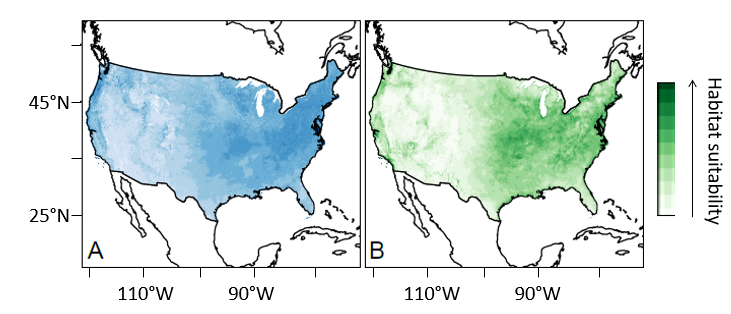
Furthermore, our models of landscape connectivity predicted optimal routes that circumvent this intermediate area (figure 2).
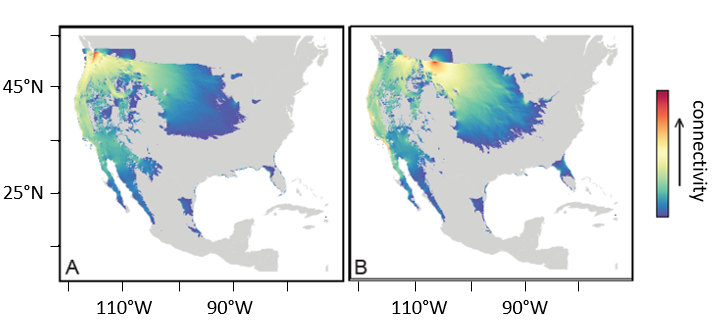
Birds taking intermediate routes used stopover sites of lower predicted habitat suitability than birds migrating on either side of the divide and overlapped less with optimal paths. These results support the prediction that intermediate routes of hybrids in migratory divides are ecologically inferior to those of parental forms. This finding suggests ecological differences are helping to maintain divides.
You can find more information about our research here: https://doi.org/10.1111/geb.13367
Working in the Stukenbrock lab
During my masters I had the opportunity to work in the Environmental Genomics lab led by Professor Dr. Eva H. Stukenbrock at Kiel University.
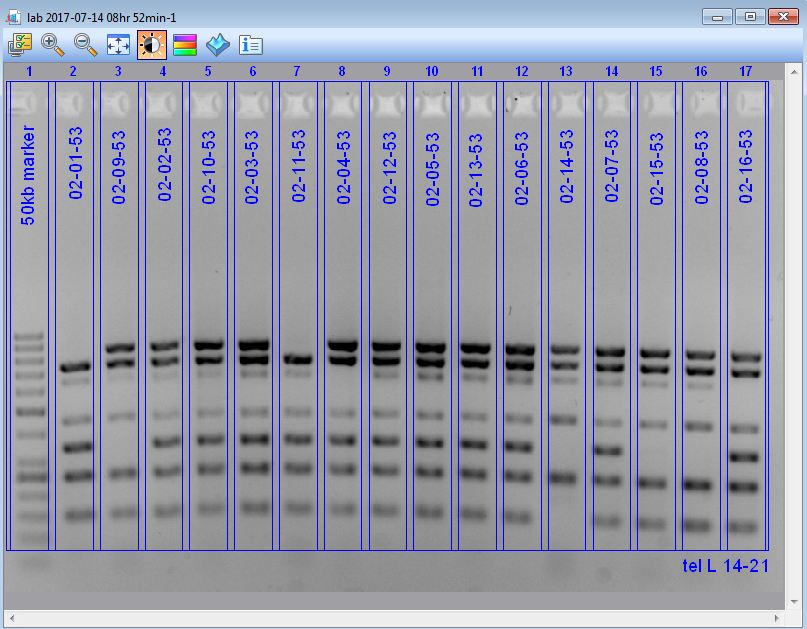
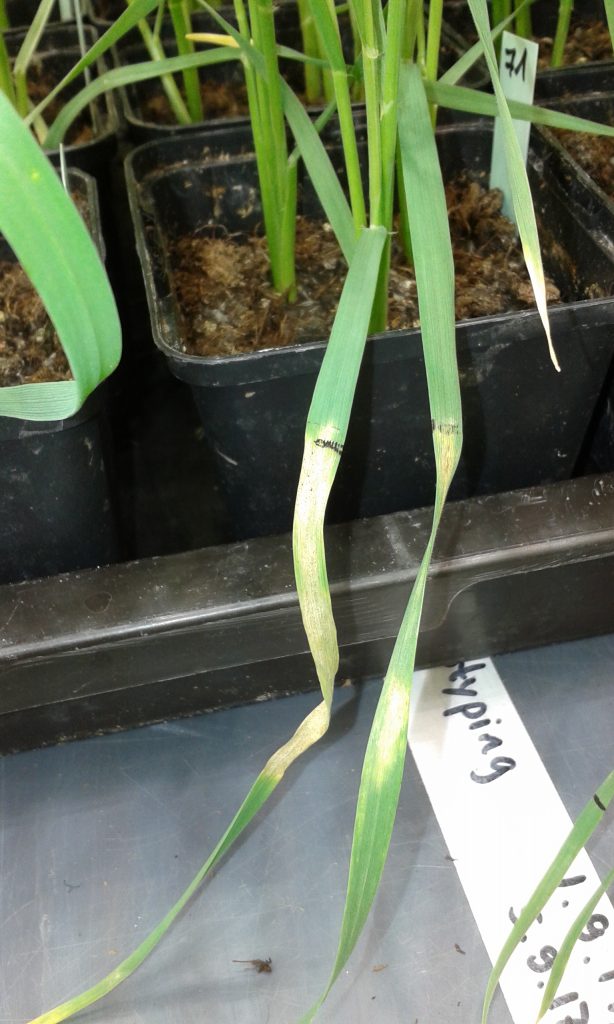
I assisted Michael Habig and analyzed samples of the wheat plant pathogen Zymoseptoria tritici at different time points in a Mutation Accumulation Line. We were interested in the rate at which the Z. tritici strains loose accessory chromosomes over time.
I improved my wet lab skills substantially during the time I worked on this project.
Working in the Zellmar Lab
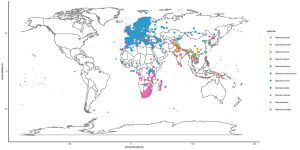
During my masters I had the opportunity to work in the Computational Biology lab led by Professor Amanda Zellmer at Occidental College Los Angeles.
Here, I modelled distributions of populations of stonechats (Saxicola ssp.) using ecological niche modelling.
We were interested in environmental differences between niches of birds in the stonechat complex using different migratory strategies.
Working in the Liebvogel lab
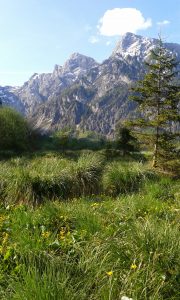
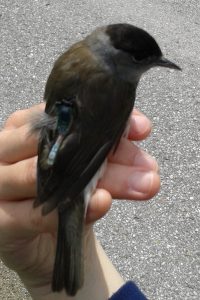
During my masters I had the opportunity to work in the Max-Planck research group Behavioural Genomics led by Dr. Miriam Liedvogel where I had the opportunity to assist with several projects on the European blackcap (Sylvia atricapilla).
I was able to attend several fieldtrips across Europe (Austria, Spain, Germany) assisting in projects on natural populations of the Eurasian blackcap that form a migratory divide in Austria. Projects included tracking blackcaps on migration and gene expression.
Here I could earn and improve my ornithological skills as well as learn about care taking of these animals.
Comparing methods to estimate population size in natural populations
In my bachelor thesis I studied a natural population of natterjack toads (Epidalea calamita) in the natural reserve Wallnau on the island Fehmarn, Germany.

We tested different methods to estimate population size: a mark-recapture approach using implanted transponders as well as belly pattern recognition for individual identification. In a second approach we used standardized tapings of vocal males calling and counting of visible individuals.
The results of the thesis are published at Laurenti “Zeitschrift für Feldherpetologie”